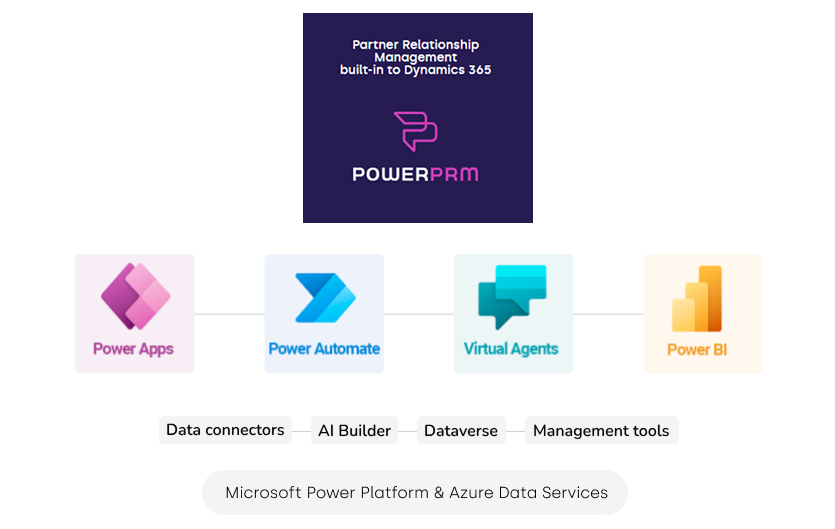Low-code in practice - how PowerPRM shortens implementation time, reduces TCO, and supports integration with Microsoft 365
You read:
It’s hard to imagine running a large-scale business today without the support of modern digital solutions. This becomes especially important when working with dozens or even hundreds of partners, managing joint projects, and continuously exchanging data.
In conversations with clients, we often hear that their existing systems no longer meet expectations. The main issue is adaptability – every change requires lengthy analysis, consumes significant resources, and takes far too long to implement. At the same time, many organizations fear that introducing a new system will change little, will be costly and time-consuming, and may only serve as a short-term fix.
These needs and concerns have become challenges that IT solution providers must address. The answer lies in low-code/no-code technologies, which also form the foundation of PowerPRM, a platform built on Microsoft Power Platform.
What is low-code/no-code?
Low-code platform for partner networks
Imagine this scenario – new types of partners are joining your network, which requires launching a dedicated process within your system. With PowerPRM, this does not mean weeks of developer work. Once you define how the new process should run and what data you want to collect, the solution can be up and running in just two or three days, fully consistent with your existing data model and processes.
And what if a Partner Manager decides they need a new field to better describe partners, for example to introduce a ranking system? Such a change can be made independently, without any developer involvement, in just a few minutes.
Why invest in low-code solutions?
Low-code solutions, and especially those built on Microsoft Power Platform such as PowerPRM, are not just a smart direction for development but above all a logical, future-proof and business-justified choice.

According to a report by Grand View Research, the global low-code market is expected to exceed 35 billion dollars by 2030, with a compound annual growth rate (CAGR) of nearly 23%. Some more optimistic forecasts even project that the market could surpass 100 billion dollars.
5 reasons to choose the PowerPRM platform
The PowerPRM platform is built on Microsoft Power Platform, allowing it to fully leverage its potential and advanced technological capabilities. It is a modern low-code environment that enables rapid creation, modification, and integration of applications across the entire organization.
Flexibility
Data consistency
Ease of integration
Security
Integrity
PowerPRM serves as a natural extension of the Dynamics 365 ecosystem. Dataverse, at the heart of this environment, acts as a shared and secure data repository that enables smooth information exchange between PowerPRM and other applications such as D365 Sales. As a result, organizations using Dynamics 365 can easily expand their capabilities to include partner relationship management.
PowerPRM implementation – more possibilities, fewer limits
If an organization already uses Microsoft 365 or Dynamics 365, PowerPRM fits seamlessly into this ecosystem. This allows teams to avoid changing established habits, adopt the new solution faster and achieve desired outcomes more quickly.
The PowerPRM platform streamlines all key processes related to managing relationships and daily collaboration with partners such as suppliers, resellers, points of sale (POS) and many others. Despite its comprehensive nature, it remains flexible, quick to implement and easy to adapt to changing business needs thanks to the use of Microsoft Power Platform technology.
According to the Forrester TEI report, organizations using solutions built on Power Platform achieve a return on investment of up to 224% within three years, while end users save an average of 25% of their time.